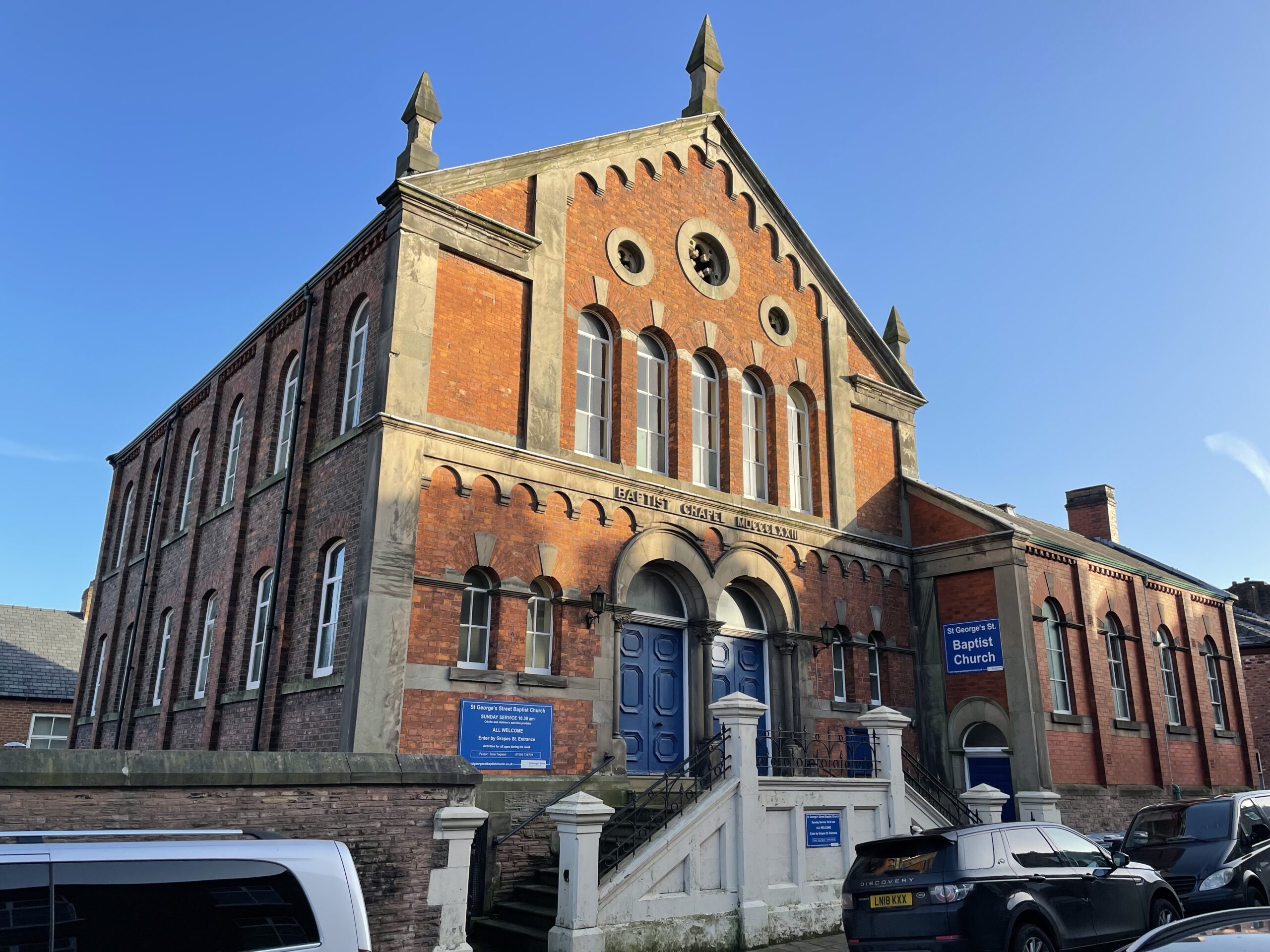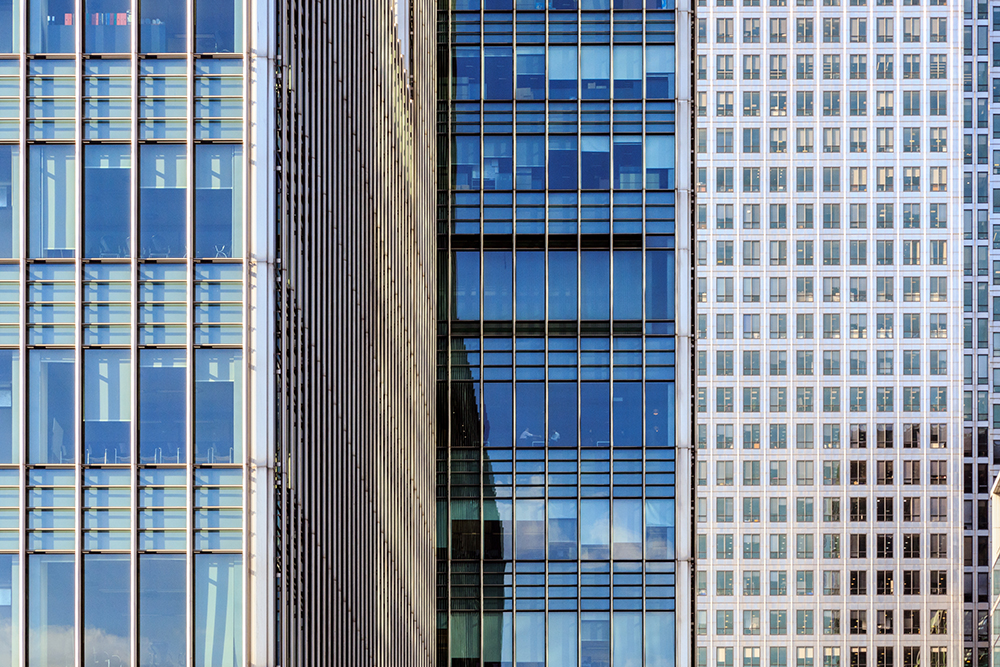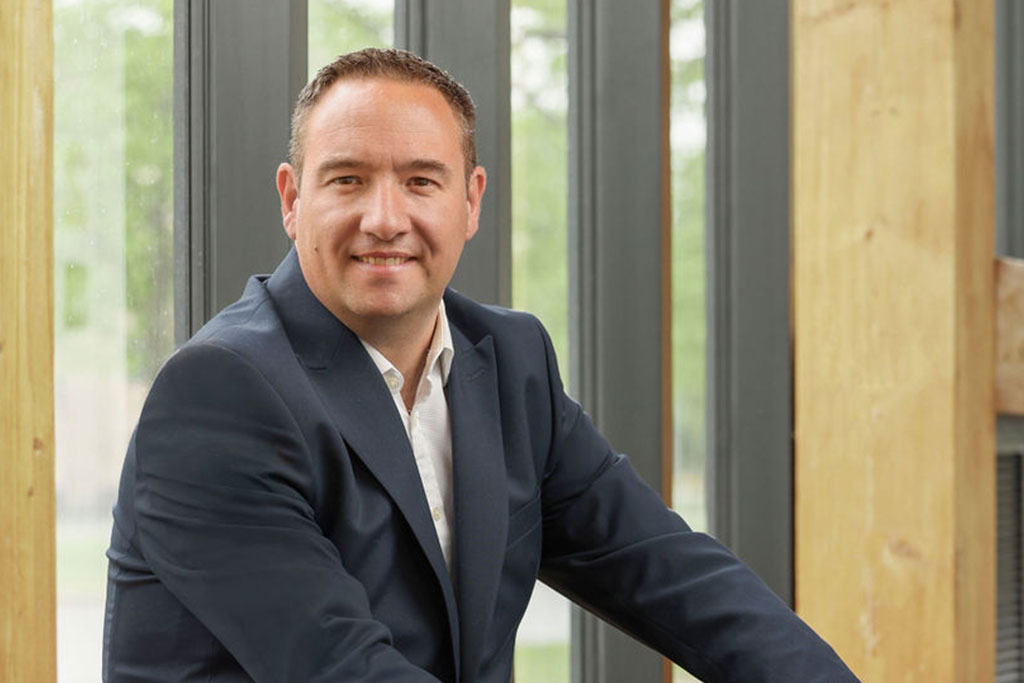
Published in ‘Bricks & Mortar’, The Times, 03 March 2023
If you’re searching for a heavenly home, you might find the answer to your prayer in a church — seriously. Graham Smith, a partner at Rapleys property consultancy (and an ecclesiastical property expert), says that since the pandemic, when more people had to worship at home, the number of instructions Rapleys has received to sell redundant churches and chapels has more than doubled.
“In our 40-year history of dealing with these buildings, we have seen more of this kind of property come to market than ever before,” Smith says. “Before 2022 we were getting six instructions a year — since then it’s at least a dozen a year.”
In 2019 Smith sold a former Baptist chapel in Little Thetford near Ely, Cambridgeshire, to Alan Marston, a corporate manager for the Cambridge branch of a Swedish bank, and his wife, Jane. The couple, both in their fifties, bought the chapel in a joint venture with Croft Bank Developments, a local construction company.
The chapel had been vacant for two and a half years. Marston, who paid £125,000 including legal fees, was the second-highest bidder at the sealed bids stage, but he was willing to take a risk and purchase without planning approval — unlike the top bidder, who only wanted to buy the property subject to planning approval.
Gaining this approval took six months. “There were a number of design changes required,” Marston says. “For example, the position of the original windows was fine when it was a chapel. But we were putting in a mezzanine floor to convert it into a two-storey, three-bedroom house. The windows would have overlooked neighbouring properties so we had to change it.”
Marston’s “ballpark expectation” of spending about £85,000 before putting it on the market ended up at £147,000 thanks to the challenges he encountered, including replacing original wooden flooring that was found to be rotten underneath. After a £450,000 bid fell through last spring — with buyers stuck in a chain — it sold for £435,000 in the summer.
“If you’re converting a church or a chapel, think of a number for the renovation budget, double it and add a bit,” says Kayne Steinborn-Busse, 46, co-founder of the developer the SB Group.
Steinborn-Busse is converting a Victorian chapel in Winkfield, Berkshire, opposite Lambrook School (attended by Princes George and Louis and Princess Charlotte) — he’s decided to live there with his wife, Sophie, 49. “We bought it for £290,000. I thought £100,000 [for the renovation]. We’ve ended up spending £250,000, but then I think the values in our area are between £600 – £650 per sq ft, so that’s still a decent margin.”
If it does go on the market, Steinborn-Busse’s conversion, which features an altar piece refashioned as a headboard, could be valued at about £750,000, according to the estate agency Strutt & Parker.
“Church conversions typically attract younger couples and downsizers who want open-plan living and may be more willing to compromise on practical factors in favour of character,” says Edward Church, head of Strutt & Parker’s Canterbury office. “When it comes to pricing, the quality of conversion is key. While the usual considerations, such as location, come into play, the rarity factor is incredibly important; they’re still relatively unusual and this will always be a selling point.”
Most redundant religious buildings are sold to individuals rather than developers, Smith says. There are too many planning hurdles and logistical difficulties — such as what to do with graveyards, or the challenge of turning one large porch into several private apartment entrances — to flip a church for quick profit.
“We built a mezzanine floor to divide the height, reroofed, rewired and started the plumbing from scratch,” says the jewellery designer Jessica Flinn-Allen, 34, chief executive of Jessica Flinn Designs. She and her husband, Ollie Allen, 34, bought a Methodist chapel in the Peak District, near Sheffield, in 2012. They bought the building to live in as a family home with their daughter, Carmen, seven, and son, Robin, five.
It was no small job. “We basically had walls and a really nice old floor but everything else needed to be upgraded, renovated or removed,” Flinn-Allen says. “The chapel was connected to electricity but had no water or gas. It had a ‘tap’ drawn on the wall in a makeshift kitchen area, and a commode by the back door in case of emergencies. We had to install our own borehole well to supply water for the build.”
At the time, the chapel was on the market for £125,000. The couple secured it through a successful sealed bid of about £145,000, through a local estate agent instructed by the trustees. They then spent £200,000 on renovation, adding an outdoor kitchen and stained glass upgrades in recent years.
Whereas the Church of England tends to be proactive in offloading assets, through companies such as Rapleys or at auction, chapels that belong to nondenominational faiths can be more challenging to acquire. They are often held through trustees or governing bodies, who tend to make decisions slowly. Some redundant chapels are sold at auction, though. Register with the website ukauctionlist.com, which lists upcoming sales from auction houses. It’s worth noting that chapels are generally smaller than churches. Property experts say this is why they tend to be more popular with buyers.
Taking on a church is a big project. In 1998, in Greystead, near Bellingham, Northumberland, Anne and Bill Monroe, now in their early seventies, boldly took on the village’s deconsecrated Church of England church. Anne grew up in the rectory next door. She and Bill also raised a family there, with all four children christened in the church.
“When this Georgian church was put up for sale, we were able to buy it for £5,000 due to a number of restrictive covenants placed on the building by the Church of England, which meant that it could be used only for household storage,” says Anne, who previously worked as an art historian, lecturer and museum curator.
The project was hugely complex, taking four years of discussions with stakeholders including Northumberland National Park, the Diocese of Newcastle, the parish council and the local community. The big issue was a covenant that stated that when the church was sold, a use had to be found for the building that would provide enough income to enable it to be restored.
“Also, because we live in a national park, we were governed by rules relating to redundant buildings that would not permit the church to be converted into a house, and that allowed business use only,” Anne says. “A holiday let therefore seemed an ideal solution, acceptable to both the Church Commissioners [who manage the Church of England’s assets] and the planners.”
The Monroes now run the Old Church as a holiday let through Sykes Cottages. Anne says that guests are “excited at the prospect of staying in a church because of its novelty value, although many aren’t quite sure what to expect, and are pleased to find that the building is so warm and comfortable [a biomass boiler helps]. Some are even pleasurably excited at the prospect of ghosts — there aren’t any.”
In 2020, the food and travel writer Lucy Malouf, 60, and her husband, George, moved in to a converted 19th-century Congregationalist church in the village of Wickhambreaux, Kent. “We updated the interior and found that one of the challenges was bringing in enough light,” she says. “We have Velux windows in the roof, but we decided to elongate the windows in the living area and turned them into glass doors. It was actually straightforward — we did it under permitted development. If you’re divinely inspired by these examples, look out for a steady supply of conversion opportunities coming onto the market over the next few years, Smith says. The Methodist church reports that 100 of its churches (also called societies) fell out of use in the year to October 31, 2020 (4,004 recorded as active, compared to 4,110 in 2019).
As for the Church of England, as many as 368 churches have been earmarked for closure within the next two to five years, according to a document drawn up by Church Commissioners in October 2021.
“If renovators can keep the faith they will find themselves with a real grand design of a house,” Smith says. “Pricing is reasonable and the challenges, with a bit of divine intervention, can usually be met.”
Whether you choose to convert a church or a chapel, it will come with five main challenges, Smith adds:
1. Planning. You will have to prove that change of use won’t lead to the loss of community resources — this can usually be shown by highlighting other facilities nearby.
2. Graveyards. There may be strict rules on dealing with graves.
3. Listing or conservation area rules. These can make conversion tricky, but not impossible.
4. Poor state of repair such as water ingress and the need for underpinning.
5. Lack of grounds/gardens/car parking.
Related news
Rapleys’ experts react to the Chancellor’s 2025 budget
Daniel Cook, Partner and Head of Automotive, Roadside and Future Fuels at Rapleys, said: “The tax on EVs is clearly there to make up for the fall in fuel duty as drivers move away from petrol/diesel cars.









